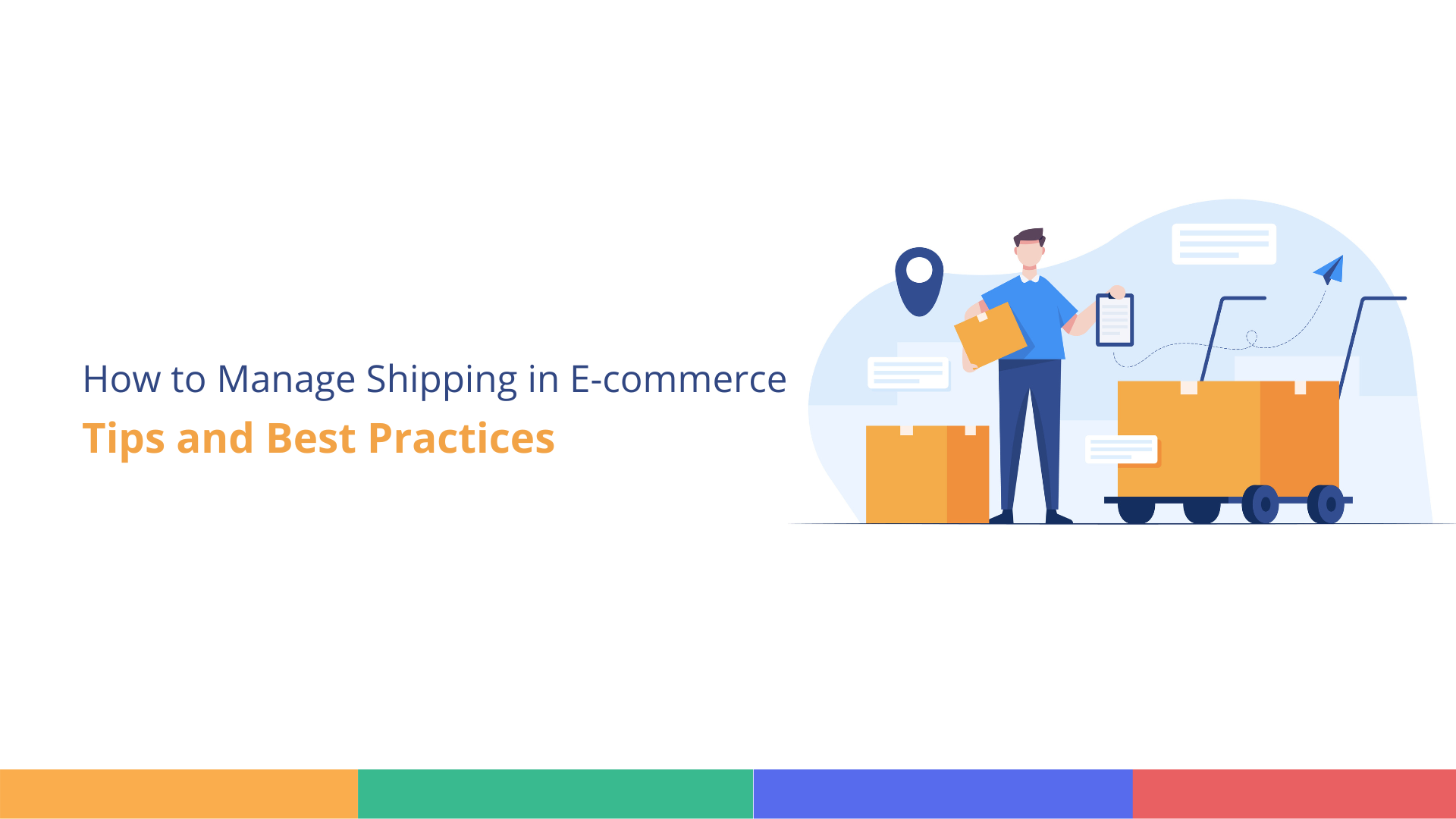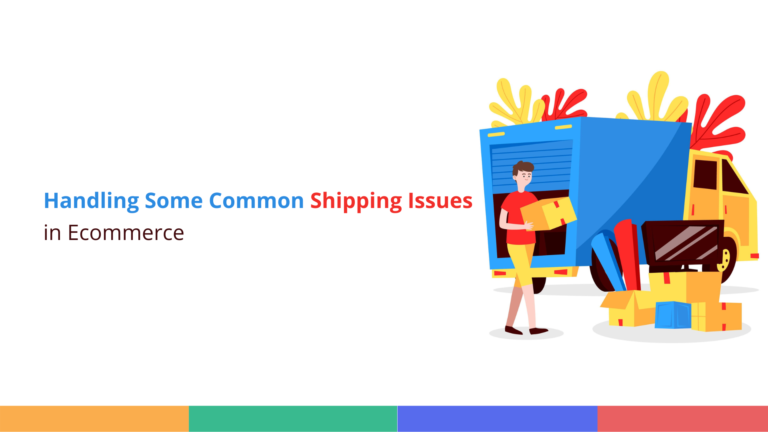Customers in online shopping usually look for two things: fast delivery and cost-efficiency. According to research, most shoppers (62%) expect to receive their orders within three days. Balancing these two things is not easy.
In this post, we’ll explore some best practices and tips for efficiently handling e-commerce shipping.
3 Best Practices to Follow in Ecommerce Shipping tips
Below are three essential things to consider when it comes to E-commerce shipping policies:
1. Setting Clear Shipping Information
Transparency is vital regarding shipping information. Provide your customers easy access to detailed shipping policies, costs, and additional charges or fees. Communicate the shipping methods available, such as standard, express, or overnight, along with the associated delivery times.
Be upfront about any restrictions or limitations, such as shipping to specific locations or international destinations. By providing clear shipping information, you empower your customers to make informed decisions and reduce the chances of misunderstandings or disappointments.
2. Accurate Product Descriptions
Accurate product descriptions play a pivotal role in setting shipping expectations. Ensure your product listings provide comprehensive and precise information about your selling items. Include dimensions, weight, and specific handling or packaging requirements. This helps customers estimate shipping costs and anticipate the delivery experience accurately.
3. Keep Realistic Delivery Timelines
Setting realistic delivery timelines is essential for managing customer expectations. Avoid overpromising and under-delivering by accurately estimating when customers can expect their orders to arrive. Consider the processing time required for E-commerce order fulfillment and the transit time based on the chosen shipping method and the customer’s location.
Communicate any potential delays, such as during peak seasons or unforeseen circumstances like natural disasters or transportation disruptions.
Best Tips to Improve E-commerce Shipping Experience
Improving your E-commerce shipping processes can be daunting, especially if you’re unfamiliar with the different shipping options available. However, there are steps you can take to streamline your shipping operations and save money in the long run.
Shipping and logistics can make a great difference in e-commerce success. Amazon is a great success case study. They employ a range of shipping strategies to ensure fast and reliable delivery, offering flexibility and convenience to customers.
One of the ways to improve your E-commerce shipping processes is to automate the label creation process to save time. This can be achieved through shipping software that integrates with your e-commerce platform and connects with your carriers.
Another way to improve your eCommerce shipping processes is to find the best shipping rates. This can be done with multi-channel shipping software that compares rates from multiple carriers and finds the best price for your shipment.
Address verification is also an essential step in the shipping process. This helps ensure packages are delivered to the correct location and prevents costly mistakes that arise when a package is delivered to the wrong destination.
Real-time shipment tracking is a must-have for many online shoppers, as it provides peace of mind knowing that their package is on the way, and they can keep an eye on things if there are any delays.
Furthermore, one of the key ways that efficient inventory management improves shipping in E-commerce is by reducing the time it takes to process orders. By keeping accurate inventory records, you can quickly determine whether a product is in stock and available to ship. This eliminates the need to search for products and can help you fulfill orders faster, reducing shipping times and increasing customer satisfaction.
Lastly, reviewing your shipping data regularly is crucial in identifying areas where your shipping processes can be improved.
Final Words
Proper planning and strategies are crucial for successful E-commerce shipping. While it can be challenging, streamlining your process effectively can help you achieve success with minimal effort.
It’s important to understand that optimizing the right shipping business takes time, and you must experiment and fine-tune your strategies.




